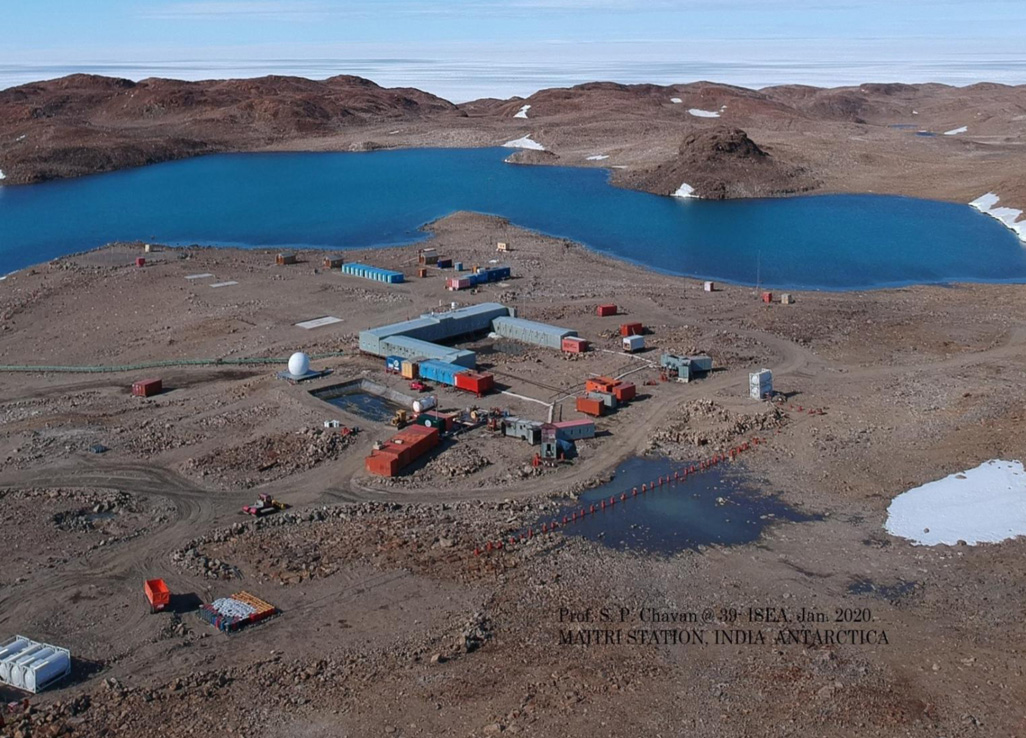Abstract: Application of biotechnology in agriculture and husbandry might be the next step to food security in India. Proper infrastructure, technology and market systems are crucial to materialise.
The author is Trustee and Principal Adviser, BAIF Development Research Foundation, Pune.
nghegde@baif.org.in
TO READ THE FULL ARTICLE
Already have an account? Log In
Keep reading with one of these options :
OR
Free
Limited Articles
Create an account
